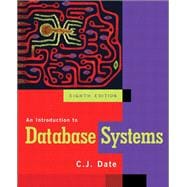An Introduction to Database Systems provides a comprehensive introduction to the now very large field of database systems by providing a solid grounding in the foundations of database technology while shedding some light on how the field is likely to develop in the future. This edition has been rewritten and expanded to stay current with database system trends.








